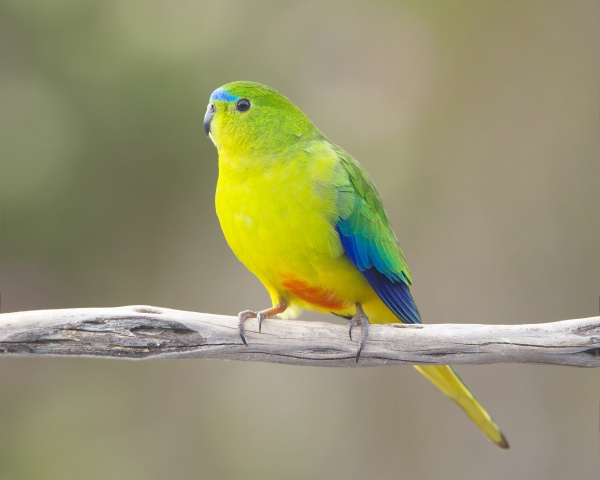Facts About Orange-bellied parrot
The orange-bellied parrot is a small, vibrant bird native to southern Australia, and it is one of the few parrot species that migrate. First described by John Latham in 1790, these parrots are renowned for their striking appearance. Males are adorned with bright green upper parts, yellow underparts, and a distinctive orange belly patch. In contrast, females and juveniles have more subdued, duller coloring.
Unfortunately, the orange-bellied parrot is critically endangered, with the wild population dwindling to just 14 individuals, making it one of the rarest parrots in the world. These parrots breed in Tasmania and spend their winters along the southern coast of mainland Australia. Their diet consists of seeds, berries, and various plants.
To address their declining numbers, several conservation efforts are underway. A captive breeding program involving multiple institutions is striving to increase both the population and genetic diversity of these birds. Currently, there are about 300 orange-bellied parrots in captivity, with a goal to reach 350 by 2016-17.
Taxonomically, the orange-bellied parrot is classified under the genus Neophema and is closely related to other grass parrot species. The species has faced numerous threats, including habitat loss, competition with introduced species, and disease. Conservation actions, such as captive breeding and habitat preservation, are crucial for their survival.
Industrial development poses another significant threat to their habitat, leading to careful scrutiny of proposed projects that might impact the species. Aviculture, or the practice of keeping and breeding birds, has also contributed to the conservation of the orange-bellied parrot, with some enthusiasts successfully breeding them.
Despite being critically endangered, ongoing efforts are focused on the protection and recovery of the orange-bellied parrot, offering hope for their future.
